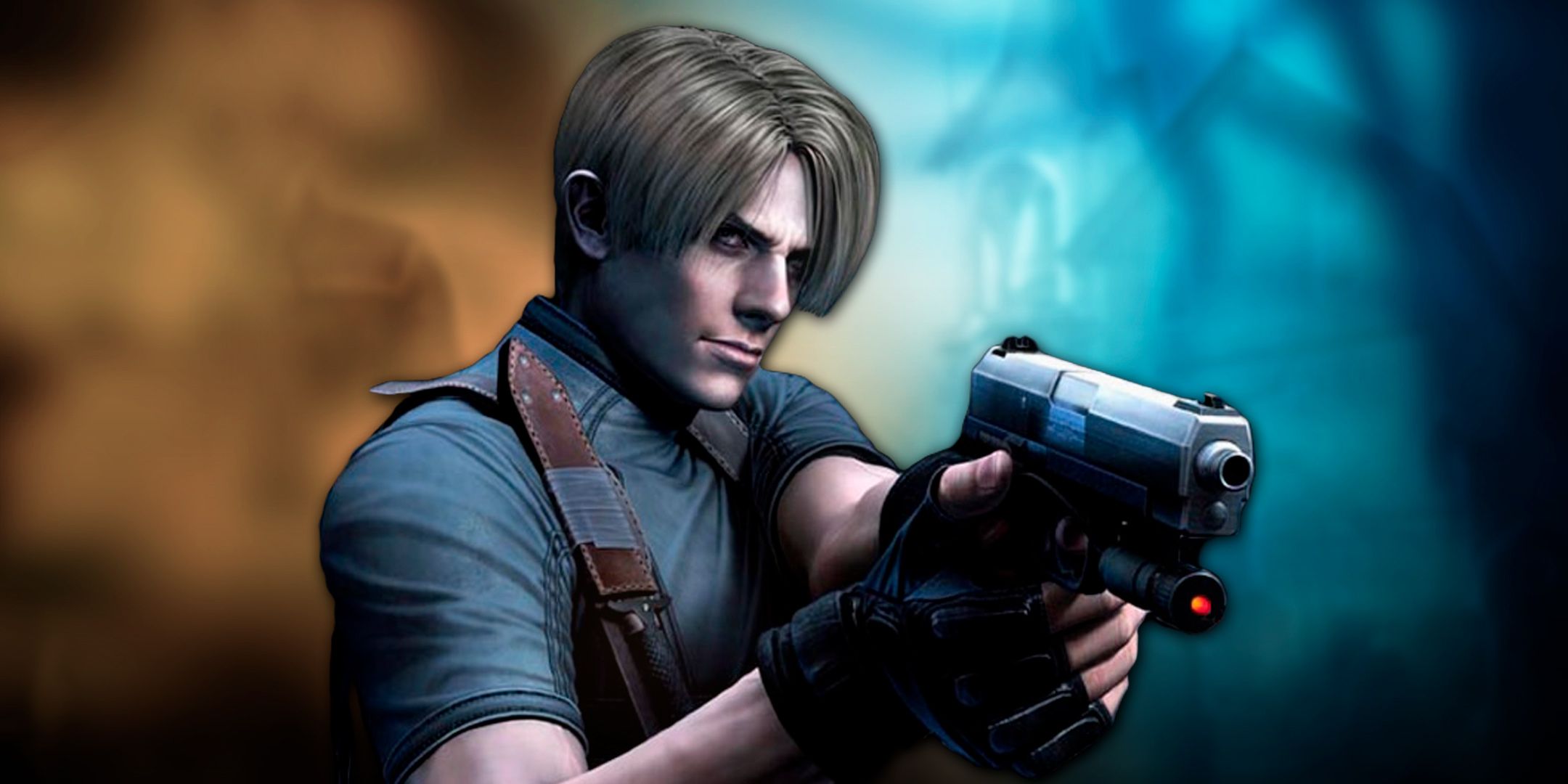
Doogee S200 Review: A Tough Android Phone With Great Battery Life
gizmodo.com
Rugged phones get a bad rap. They get written off as some novelty act, a bulky behemoth that should only show its face on a construction site or in a military capacity. But Doogee, a Chinese company, sees beyond a few niche cases to bring us the Doogee S200, a mid-tier smartphone with some serious ruggedness but enough features to brush fingertips with the flagship category. Available for as low as $229 in AliExpress or $339 on Amazon, the S200 is almost a steal with its extreme durability, near all-day battery life, and features that youd expect on a premium-grade smartphone. However, there are a few caveats. For instance, since this phone isnt marketed towards the U.S. market, it wont work on some of the 5G networks on some of the bigger carriers. And the performance, while good, doesnt match up to other mid-tier phones. But somehow, it manages to run some of the most taxing games surprisingly well. However, the S200 is inexpensive for those looking for a tough smartphone with ridiculous endurance and performance that will surprise them. Doogee S200 The Doogee S200 brings rugged durability and excellent battery life to a strong gaming phone for under $500. Pros Cons Doogee S200 Review: Design Photo: Adriano Contreras/Gizmodo Is that a case? Whys it so heavy? You could use this thing as a weapon! These are the common responses I got from everyone I showed the Doogee S200. And while placing the smartphone in a sturdy sock and using it as a makeshift blackjack is an intriguing idea, its not what the S200 is for. As someone whos wrecked a phone or two in her life, Im a fan of the phones bulk. Its a sign of its innate toughness. The phone has IP68, IP69K, and MIL-STD 810 ratings. That means the phone is waterproof and dustproof. Its also drop-proof and can withstand falls from 5.9 feet (1.8 meters). It even has covers over the USB-C port to prevent water or dust from getting in. The display is made of Corning Gorilla Glass to prevent scratches.Admittedly, that added protection does add quite a bit of bulk. The 7.1 x 3.23 x 0.63-inch device weighs in at a chunky 12.9 ounces. It makes the Google Pixel 9 (7 ounces, 6 x 2.8 x 0.3 inches), Samsung Galaxy S24 SE (7.5 ounces, 6.4 x 3 x 0.31 inches), Nothing Phone (2a) Plus (6.7 ounces, 6.4 x 3 x 0.33 inches), and iPhone 16 (6 ounces, 5.8 x 2.8 x 0.31 inches) seem like featherweight in comparison.Chonkiness notwithstanding, the Doogee has mech-based design thats sure to appeal to Gundam, Transformers, and Power Rangers fans, The aerospace-grade alloy rear panel colored black and pewter gray is made up of a series of sharp angles that recede into gentle slopes. The centerpiece of the design is what Doogee calls a sub-screen. Its like the Dynamic Island found on modern iPhones, just in a more convenient location (More on that later). The 1.3-inch circular AMOLED mini display is flanked on both sides by four chambers that house the camera sensors. Photo: Adriano Contreras/Gizmodo The phone continues the mecha-look with four prominent screws running down the sides. The volume and fingerprint reader/power buttons sit on the right, with the dual SIM card tray and a button that users can customize for three separate actions one for single, double, and triple presses. The USB-C charging port sits at the bottom of the phone, hidden beneath a rubber gasket.The front of the phone consists mostly of a display surrounded by rather thick bezels, particularly on the top and bottom. A teardrop camera protrudes ever so slightly into the top of the display. Although the black-and-gray colorway is cool, I wish I could have gotten my hands on either the green-and-yellow versions, as I love a pop of color. Doogee S200X Review: Display Its not OLED or even AMOLED, but Ill still take the S200Xs 6.7-inch IPS LCD screen. As I watched the second second of Squid Game, I saw every drop of blood splatter as it left the bodies of the unlucky contestants. The deep red offered a lurid contrast against the cheerful rainbow-painted floors in the Six Legs episode on the 2400 x 1080 display. Of course, its not as vivid as the aforementioned screens, but for the price, Im not going to pooh-pooh what the S200 has to offer.Photo: Adriano Contreras/Gizmodo The screen isnt as bright as the Pixel 9, but I had no problem reading articles in direct sunlight. Games like Dead Cells and Zenless Zone Zero ran smoothly with the auto-refresh rate that automatically ramps the rate from the standard 60Hz to 120Hz when gaming or working on something particularly taxing. Doogee also included a barebones Game Mode that aggregates all your games and disables notifications. Lets talk about the sub-screen. Its a really useful way to interact with certain apps and phone functions without engaging with the main display. In addition to the clock, you can read notifications, control your designated music app, check battery life, snap a photo, answer calls, and a few other helpful features.Doogee S200 Review: UI and Performance Unlike other Android phones, Doogee runs stock AndroidAndroid 14. The 2.2-GHz octa-core MediaTek Dimensity 7050 processor, 12GB RAM, and 256GB of onboard storage are pretty spry, allowing for zippy navigation between apps and home screens. I only saw a slight hint of slowdown when I started playing Zenless Zone Zero, and thats after I launched 50 Google Chrome pages, several G-Suite apps, BlueSky, and Threads. It should be noted that the smartphone is listed with 32GB of RAM. Thats because Doogee has mapped some of the 256GB to the RAM to fool the system into thinking it has more capacity to install applications. Even though the S200 hasnt made the leap to Android 15 (and Im not sure that it ever will), you still get a host of features from the previous OS, such as more customization on the lock and home screens. You also get better security and data protection, such as using biometric authentication instead of passwords for more apps. Speaking of apps, theres Toolbag, which is a collection of apps that harkens to the phones construction tool potential. Theres a Protractor, Plumb Bob, and Level. Doogee also threw the Pedometer, NFC Card Emulator, and Mirror in there, which is a bit confusing.When I ran Geekbench 6, the S200 returned a single-core score of 990 and a multi-core score of 2,471. This is a solid score, but it doesnt match the Nothing Phone (2a) (1,198/2,824), the Pixel 9 (1,699/4,241), or the iPhone 16 ( 3,412 and 8,416). Doogee S200 Review: Camera Doogee outfitted the S200 with an impressive gathering of cameras and features. The main shooter is 100MP with a 20MP night vision camera and a 2MP macro sensor. The pictures I captured had good color, but the details can sometimes be fuzzy. The layers of wasp nest l took on a cloudy day arent as sharp as I expected. The same goes for a bouquet of glitter-dipped roses. Still, I was impressed with how well the phone captured my dogs fur even though one was in motion as she was licking her sister. Photo: Sherri L. Smith/DreamSmith LLC Photo: Sherri L. Smith/DreamSmith LLC Photo: Sherri L. Smith/DreamSmith LLC Photo: Sherri L. Smith/DreamSmith LLC Photo: Sherri L. Smith/DreamSmith LLC Photo: Sherri L. Smith/DreamSmith LLC Photo: Sherri L. Smith/DreamSmith LLC Photo: Sherri L. Smith/DreamSmith LLC Photo: Sherri L. Smith/DreamSmith LLC But my favorite shots by far are the night vision shots. Thats right, night vision. Although it made me look like something out of a horror film, the mode was great for capturing my dogs shenanigans in near-pitch black darkness. Theres also an underwater mode, but since the phone isnt designed for scuba diving or deep immersion, Im not sure what youll photograph. The 20MP selfie cam was a bit too good, capturing more than a few of my gray hairs and colorful locs. I really like how many camera modes the S200 offers. Aside from Night Vision, theres Beauty, 100MP, Super Night, GIF, and Mono, to name a few. But I was missing the option to hit wide or ultrawide shots. The phone also lacks optical stabilization, only offering digital,l which is part of why some of your images details arent as sharp as they should be. The Night Vision and Macro cameras do just that, leaving that poor 100MP sensor to do all the heavy lifting. And maybe I shouldnt be complaining when the phone is so undeniably cheap, but if other similarly priced phones can do it, I cant help but notice.Doogee S200 Review: Battery The S200 has plenty of good features, but the best by far has to be the battery life. Its 10,100mAH battery lasts almost 24 hours, at 23:12, when playing a 24-hour YouTube video at 50% brightness. The phone has Quick Charge 3.0, which means the S200 can achieve a 50% charge in only 30 minutes. And if youre in a pinch, you can use the S200 as a charging brick with its reverse charge feature. Photo: Adriano Contreras/Gizmodo But Doogee, I have a bone to pick with you. Why, oh why, do you have a big ole plate on the back of the phone with what looks to be lightning bolts? I thought it meant that the S200 has wireless charging capabilities. But imagine my surprise when I placed the phone on not one, but two different wireless chargers and got bupkis. Then I thought it was NFC, but thats not it.Doogee S200 Review: Verdict Should you buy the Doogee S200? It depends. The S200 has a lot going for itself. Its super rugged and durable, has great performance, and even better battery life. The rear sub-screen adds some convenient functionality, and man, that Night Vision is just cool. And you really cant beat that price. But Im not sure how many people would willingly settle for 4G in a 5G era. Plus, the cameras with all its features could be better, and Im not sure that Android 15 will ever come to the S200. But for people looking for a rough, tough, semi-premium flagship phone for under $500, the Doogee S200s competitors are few and far between.
0 Commenti
·0 condivisioni
·146 Views











